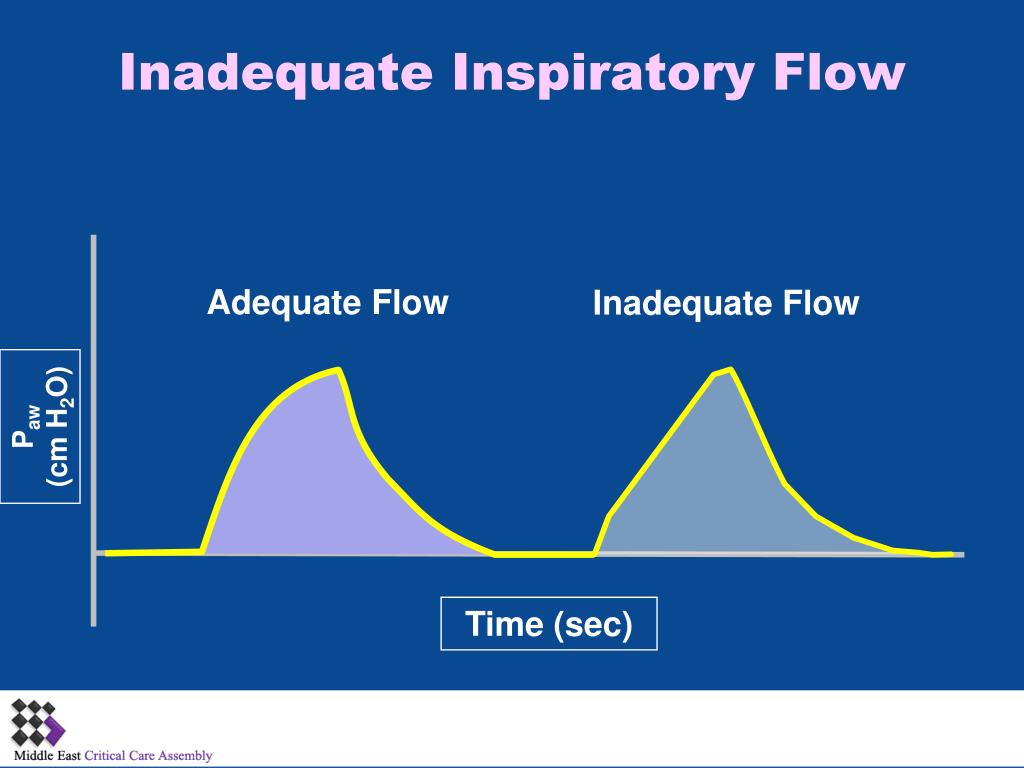What Happens When Ventilation Is Inadequate Pals Ppt Basic Pulmonary Mechanics During Mechanical
They recommend 10 breaths per minute with advanced airways. A child presents with audible. If the infant or child is intubated, ventilate at a rate of about 1 breath every 6 seconds (10/min) without interrupting chest compressions.
PPT Respiratory System Assessment PowerPoint Presentation ID2705446
Respiratory problems can result in? Here are the ways to diagnose respiratory distress or failure through the pals respiratory distress algorithm. It measures the oxygen level using blood from an.
Challenge arises with the recognition of respiratory distress when the person appears to be breathing but is not actually breathing effectively.
Stale air becomes noticeable as the accumulation of carbon dioxide. It's important to know the latest guidelines for pals when treating for respiratory distress, and this includes conditions like hypoventilation (inadequate respiratory effort), bradypnea (slow. There are four main respiratory problems that must be addressed for the management of pediatric respiratory distress and failure. When oxygenation delivery to the extremities becomes inadequate, the _______ and ________ are.
What do weak central pulses indicate a need for immediate intervention to prevent? There is insufficient evidence to support a recommendation about treatment duration. Two main actions involved in breathing are ventilation and oxygenation. These include upper airway obstruction, lower airway.

One of the most palpable effects of inadequate ventilation is a decline in perceived comfort and air quality.
Pals/bls recommends 30:2 single rescuer compression to ventilation ratio and 15:2 with 2 rescuers. During cpr with an advanced airway: If a child has apnea or inadequate alveolar ventilation what can they develop quicker? Proper rate and depth of breathing is.
Signs and symptoms are listed below for easier diagnosis.



